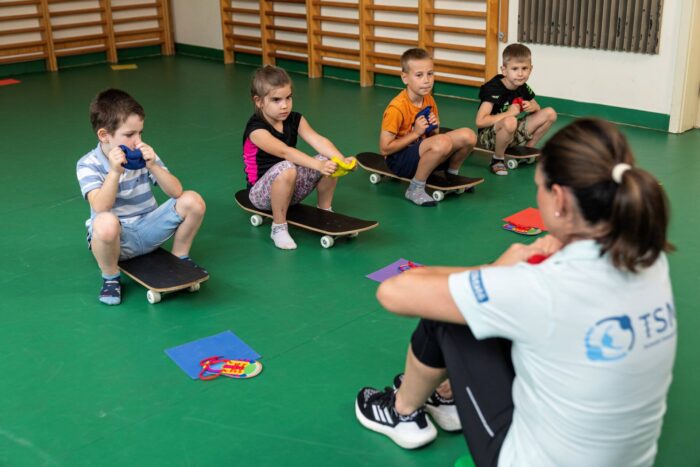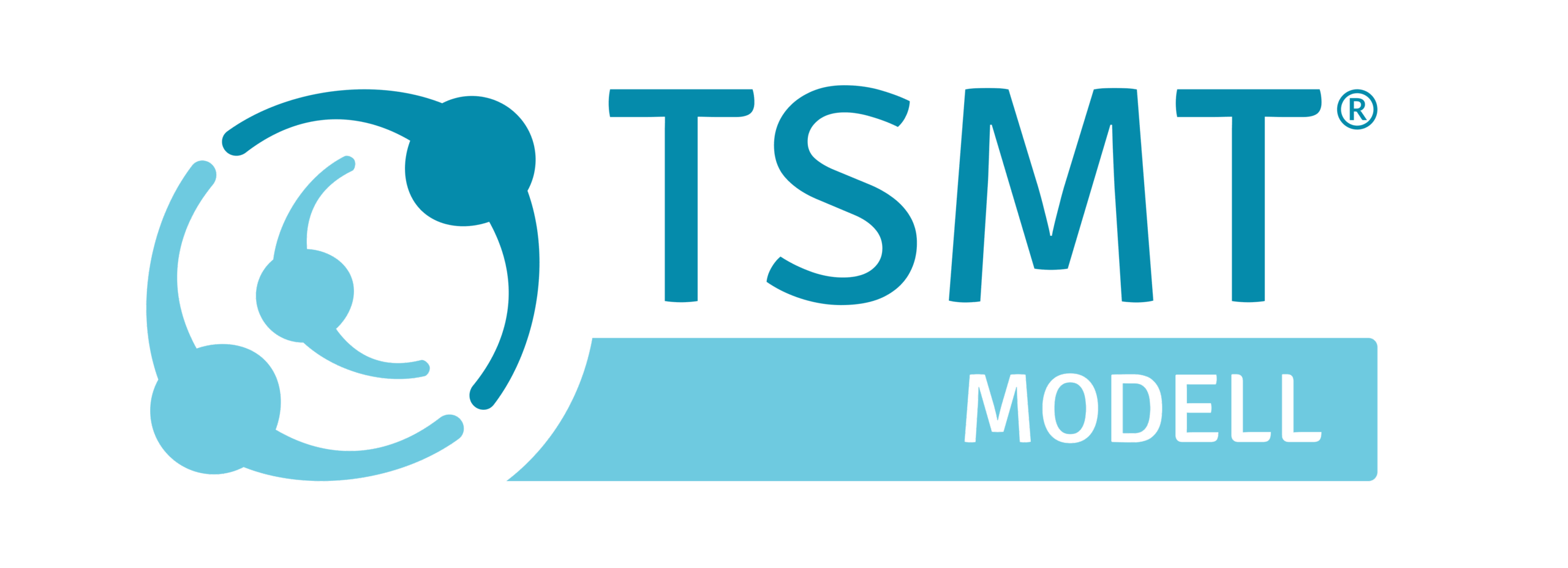
TSMT® and HRG therapies can be effective supplements for the development of children with delayed motor development.
Collaboration with physical therapists, pediatric neurologists, and manual therapists can provide significant support in addressing these issues. These professionals primarily ensure an accurate diagnosis and coordinate the developmental plan with the therapist.
What do we know about delayed motor development?
Delayed motor development occurs when a child does not follow the natural progression of motor milestones, such as crawling, creeping, or walking later than expected. These delays may be caused by neurological issues, muscle tone disorders, or environmental factors.
Why is delayed motor development a concern?
Delayed motor development reflects the maturation state of the nervous system and also influences it. If immaturity is the underlying cause, it may later lead to learning, behavioral, and attention difficulties. Early intervention can help prevent the long-term impacts of these problems.
Why consider a LongiKid® assessment for children with delayed motor development?
The LongiKid® assessment provides a detailed overview of the child’s neurological and motor condition, identifying deviations and their causes. It helps parents navigate the next steps, clarifying whether manual therapy, physical therapy, or movement development is most appropriate. Additionally, the assessment enables the creation of a targeted, personalized therapeutic plan to support effective development.
How does individual TSMT® therapy help?
Individual TSMT® therapy uses customized tasks tailored to the child’s needs to improve motor coordination, balance, and muscle tone. Regular, structured exercises stimulate the maturation of the nervous system, enabling the child to catch up with peers in motor development if neurological immaturity is the underlying issue.
How does group TSMT® therapy help?
Group TSMT® movement exercises further develop balance reactions and coordination while offering a supportive community experience. Children with delayed motor development gain confidence in movement-based situations, make up for missed motor milestones, and strengthen their self-esteem.
How does HRG therapy help?
HRG therapy uses the natural resistance and calming effect of water to improve muscle tone, stabilize balance, and enhance sensory integration. Water-based exercises stimulate the nervous system and strengthen core muscles, making movement easier for children with motor challenges. This ease of movement increases their motivation and encourages participation.
